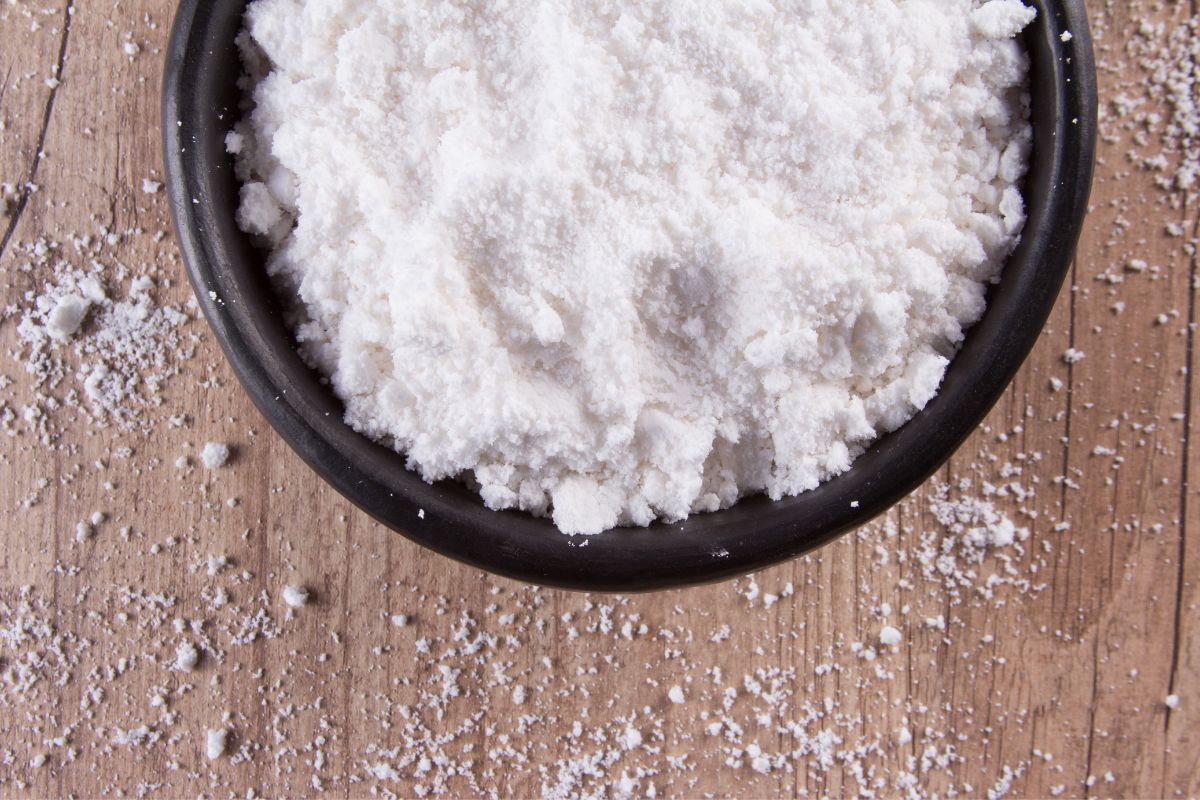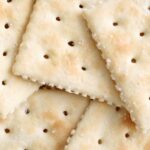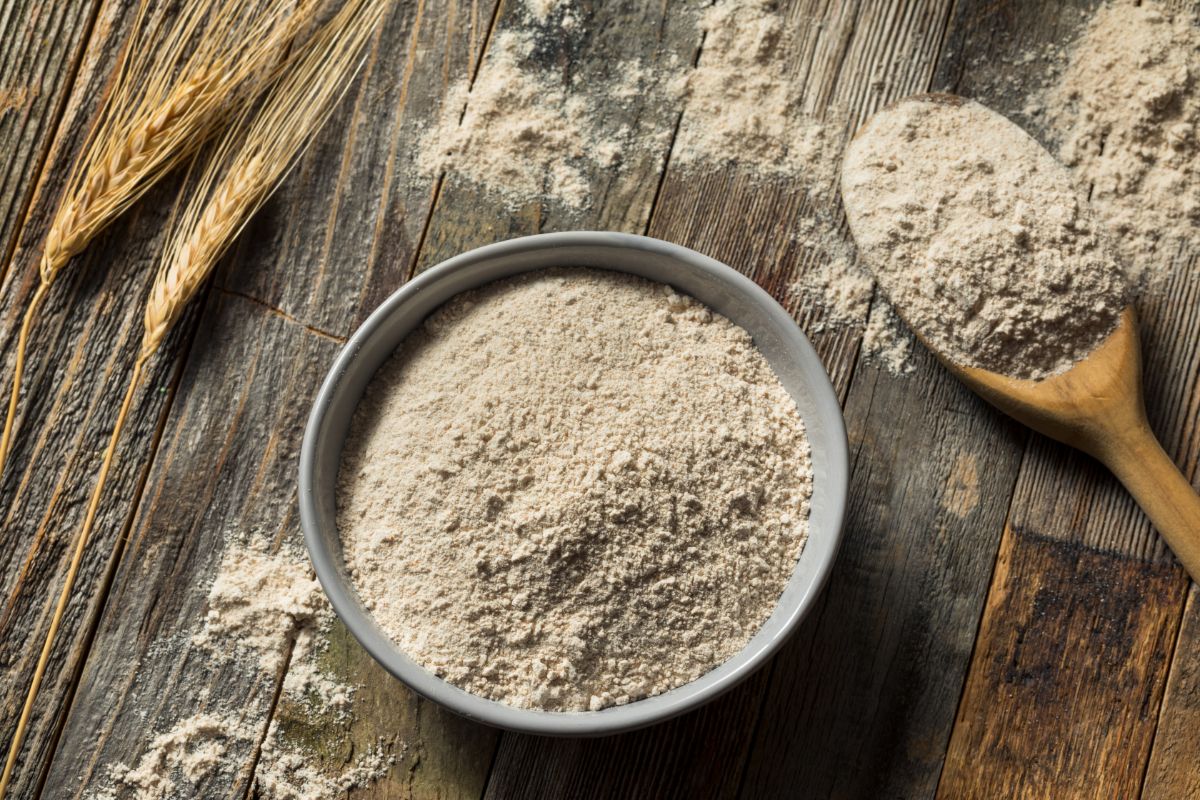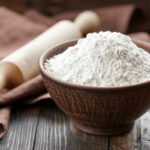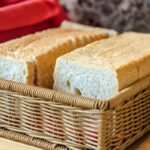Every American has heard of Graham Crackers but do you know where they come from? They are made from the flour of the same name, but what is graham flour, and what makes it different?

We’re going to look at where this flour originated from, what it is and how it is used.
Where Did Graham Flour Come From?
Graham flour was developed by Reverend Sylvester Graham, an early advocate of healthy eating in the 1830s.
He believed that it was wrong to dispose of the healthy part of the wheat grain during the processing of flour and that keeping it would improve the wellbeing of Americans following the industrial revolution.
At the time, white bread was considered more sophisticated while whole wheat bread was perceived as food for the lower classes.
Graham also opposed the addition of chemicals to the flour milling process that bleached white flour and claimed it was unwholesome (to learn more about the history of white flour, read here).
So, he developed flour that involved grinding the endosperm of the wheat grain into a fine powder and then mixing in the bran and the germ of the wheat.
This creates a healthy and flavorsome bread that has a nutty and slightly sweet taste.
The flour is unrefined, unsifted and unbleached. It is more coarsely ground than other wholewheat flours and is more often found in health food stores than your local grocery store.
What Is In Graham Flour?
Sylvester Graham’s idea that keeping all of the wheat grain when milling flour was ahead of its time. Like all forward thinkers his ideas were scoffed at and dismissed.
But he knew that the wheat germ, endosperm and bran of wheat were all good sources of nutrition.
Many flour producers now have their version of what graham flour is and this can vary according to the use of the flour and who makes it.
Some producers even advertise a graham pastry flour. However, true graham flour is described as an extra-coarse whole wheat flour which may make it unsuitable for pastry making.
According to some accounts the endosperm of winter wheat is ground into a fine powder and the more coarsely ground bran and wheat germ are added back into it. This is what makes it extra-coarse whole wheat flour.
Some companies may also remove some of the wheat germ in order to lower the oil content. Higher oil content can make the bread go rancid more quickly.
How Is It Used?
Graham flour can be used to make a range of baked goods. For example, you could try your hand at making your own graham crackers or a nutty, sweet whole wheat bread or some sweet tasting muffins.
It can be used in any recipe that calls for whole wheat flour. When you make bread with genuine graham flour it will have a slightly darker hue but will also have a more nutty and sweet taste.
Due to the higher oil content of graham flour compared to other whole wheat flour it is advisable to keep it in the refrigerator, otherwise it will go rancid quite quickly.
If your baked goods taste bitter after using an opened package of graham flour you should probably get yourself a new bag.
What Does Graham Flour Taste Like?
The taste of graham flour is a toasted, nutty one with a hint of sweetness. It creates a bread or baked good with a richer texture than other whole wheat flours.
Incidentally, graham flour should never be eaten raw as it can contain germs and bacteria so make sure you always cook your graham flour.
Perhaps the most famous example of what graham flour tastes like is found in Graham Crackers.
Graham Flour Vs Whole Wheat Flour
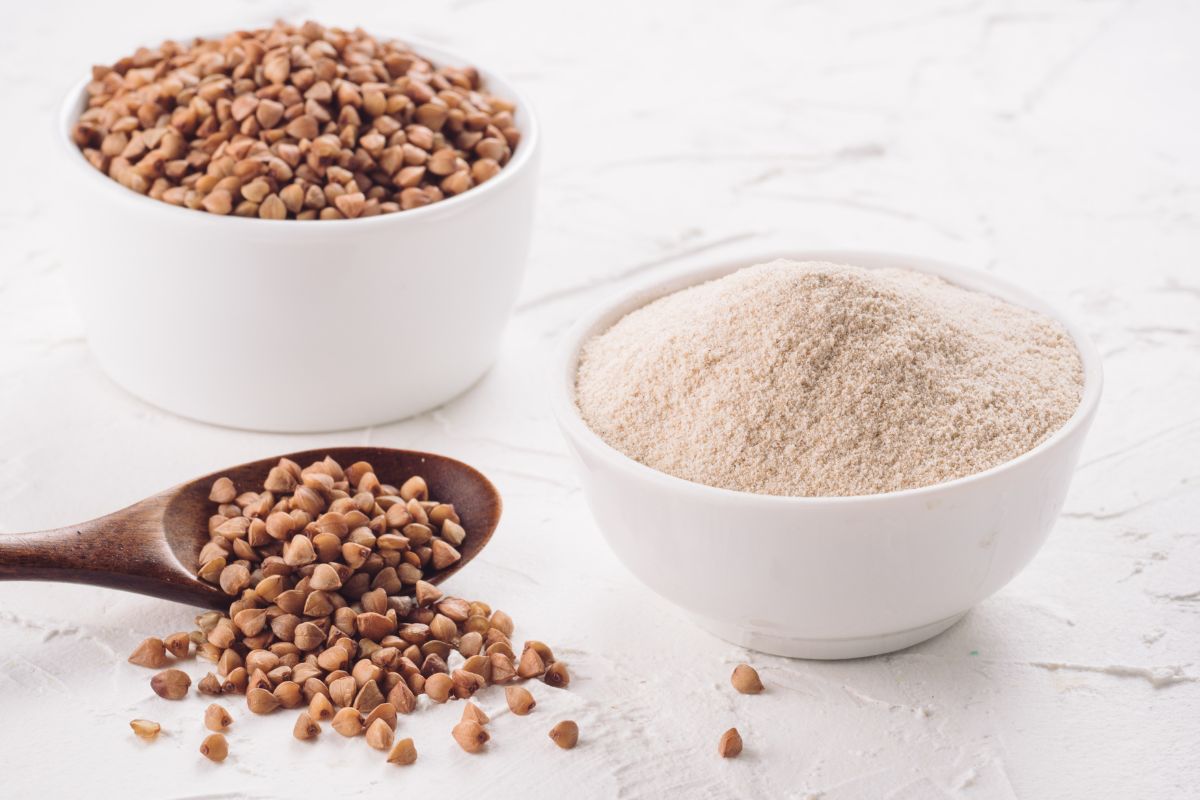
Graham flour is described as an extra-coarse whole wheat flour and this is because of the way the true graham flour is made.
The endosperm is finely ground and added to the more coarsely ground wheat germ and bran.
In other whole wheat flour the whole grain is ground with no prior separation. However, in some cases the more outer layers of bran are removed prior to milling due to attached impurities.
The bran is reintroduced later on in the milling process.
The texture of these two flours will differ. Although whole wheat flour is available in both fine and coarse varieties, graham flour is extra coarse and this will result in a more defined texture in the bread or other baked goods.
Are Graham Flour & Gram Flour The Same Thing?
Some people may be confused by the similarly sounding graham flour and gram flour. However, they are very different things.
We now know how graham flour is made but what about gram flour? Gram flour is not made from wheat. In fact, it is made from the variety of chickpea called the Bengal gram or kaala chana and as such is a pulse flour.
This flour is a staple of the Indian subcontinent but is also used in Caribbean cuisine. Gram flour is used to make such delicious Indian foods as bhajis, papadums, and pakoras. It is also used in Burma to season stews and to make a tofu-like ingredient.
What Is A Good Substitute For Graham Flour?
If you find it difficult to get your hands on some graham flour what can you use instead? The closest thing to authentic graham flour is unbleached, and unrefined whole wheat flour.
Graham flour is also unsifted so if you can find a substitute that is also unsifted that will work really well.
You could also make your own alternative by mixing 2 cups of white flour with 1 cup of wheat bran and a couple of teaspoons of wheat germ.
In Conclusion
Graham flour is very healthy and not that difficult to bake with. Due to the higher oil content the ratio of flour to liquid may differ slightly from other whole wheat flour.
Remember to store your graham flour in the refrigerator to preserve its freshness for longer. Happy baking!
- How To Reheat A Cheesesteak - November 5, 2023
- What Are Three Must Have Kitchen Knives? - September 22, 2023
- How To Protect Edges Of Pie Crust - June 15, 2023

